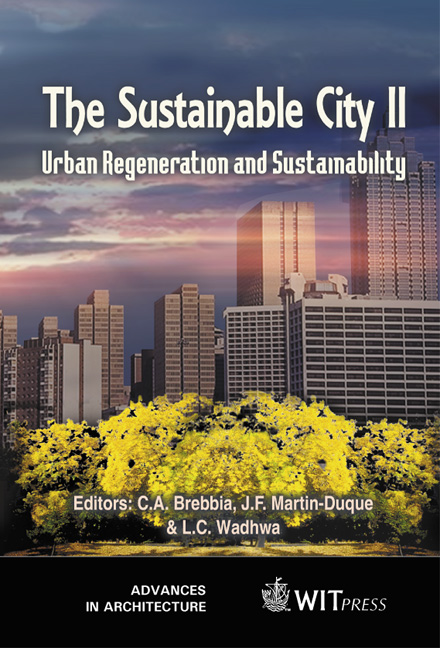Intra-metropolitan Migration And The Expansion Of Spontaneous Settlements On The Tehran Metropolitan Fringe
Price
Free (open access)
Transaction
Volume
54
Pages
Published
2002
Size
523 kb
Paper DOI
10.2495/URS020181
Copyright
WIT Press
Author(s)
E Zebardast
Abstract
During the past three decades the urban population of the developing countries has increased tremendously. Most of this urban population growth has taken place on the metropolitan fringe. This article, which is based on the findings of a research project funded by the University of Tehran, considering the demographic processes in the Tehran Metropolitan Region (TMR), attempts to answer the following questions: How is the demographic process of metropolitan expansion in TMR best characterized? And to what income groups do the households in these settlements belong? Three spontaneous settlements in the vicinity of the Tehran’s three major transport routes were chosen as the case studies for the purposes of the study. It is found that, contrary to general perceptions, direct rural to peri-urban migration was very low and instead intra-metropolitan migration was found to be the dominant migration pattern in all three spontaneous settlements surveyed, and that the vast majority of the households surveyed in these settlements belong to the low-income group. 1 Introduction During the past three decades the urban population of the developing countries has increased tremendously. Most of this urban population growth has taken place on the metropolitan fringe. \“About 42 per cent of the developing countries urban population live in informal settlements, many located on the urban fringe” [1].
Keywords





